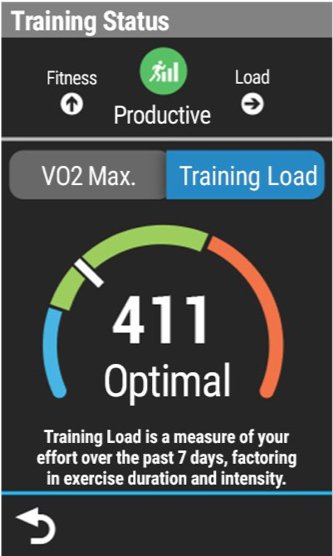What Every Cyclist Should Know – V02 Max and Aerobic Performance on
By Firstbeat
VO2 max is the metric that describes your cardiorespiratory
fitness and aerobic performance capacity. It is closely tied to your ability to
sustain performance for longer periods of time. This makes thinking about
performance capacity in terms of VO2 max very attractive to cyclists, runners,
triathletes and other endurance athletes, who often rely on it to assess the
productivity of their training efforts.
This article will get you up to speed on what VO2 max
measures and how it is measured, how VO2 max is used to personalize feedback
and provide new training insights, and gives you a quick introduction to ways
to boost your own VO2 max. The cyclist with the highest VO2 max doesn’t always
win the race, but certainly needs a relatively high VO2max to be competitive.
Measuring VO2 max:
Direct measurement of VO2 max requires a laboratory setting.
It involves wearing a respiratory mask while running on a treadmill or cycling
on a stationary bike with gradually increasing intensity. The respiratory mask captures
and analyzes the composition of air coming in and going out of your lungs. The
amount of oxygen you exhale is subtracted from the quantity of oxygen you
inhale to reveal how much oxygen is being imported into your system.
As the intensity of
your effort increases, so does the amount of oxygen you use until eventually
your oxygen utilization rate plateaus. When achieved properly with the help of
standardized testing protocols, this eventual plateau in oxygen consumption signals
that you have reached your maximum capacity to use oxygen. In other words,
you’ve reached your VO2 max.
Let’s take a quick moment to unpack why you need oxygen in
the first place.
The air you inhale fills your lungs, where oxygen is extracted
and mixed with your blood supply. Your heart pumps this oxygenated blood
through your arteries to your muscles, where, when available, it is used as a
catalyst facilitating the transformation of nutrients into the fuel molecules
your muscles need to contract.
Keeping tabs on your aerobic performance capacity provides
valuable information about how you are doing and the effectiveness of your
training activities. Heading into a physio lab for regular direct VO2 max
testing, however, is expensive and impractical even for top athletes. The time,
energy and resources necessary for maximal exertion testing in a laboratory is
usually better spent elsewhere.
Your Garmin device utilizes an indirect approach to
assessing your VO2 max with the help of advanced performance analytics from
Firstbeat. The analytics used to provide this insight are built on a
scientifically proven understanding of the relationship between internal and
external workloads and human physiology. Internal workload simply refers to how
hard your body is working relative to maximum capacity and can be derived
through real-time analysis of your heart rate data. External workload describes
what you are doing and achieving in the external world. To calculate VO2 max
during cycling activities, external workload data is provided by your power
meter and is measured in watts.
In a controlled environment with specified test protocols, the
relationship between internal workload, external workload and fitness is
relatively straight forward. As your cardiorespiratory fitness (VO2 max)
improves, a lower percentage of your internal workload capacity is required to
produce the same number of watts.

In
real-world training conditions and environments, the trick is to be able to
recognize when that relationship is meaningful and when it’s not. Assessing
your VO2 max reliably from real-world activity data requires smart analytics
capable of automatically recognizing the portions of your activity that truly
reflect your abilities. This means, among other things, identifying and eliminating
segments where your aerobic energy pathways are still warming up to increases
in energy demand and those times when fatigue and cardiac drift are influencing
your results.
Garmin cycling computers only calculate VO2 max during
cycling. If you are, however, recording your cycling activities with a Garmin
multisport watch, it can also calculate your VO2 max when you are out for a
run. The primary difference in the analysis for running versus cycling is the
source of external workload data. When you are out for a run with your watch, external
workload data is provided in the form of moving speed from your device’s
onboard GPS as opposed to cycling applications, which use data from your power
meter.
The reason movement speed from GPS or other speedometer data
isn’t a reliable source of external workload data for cycling is cycling speed
is so substantially impacted by gearing and elevation grades compared to
running.
If you are an active cyclist and runner, you will notice
that you have one VO2 max for cycling and a similar but slightly different VO2 max
value for running. This activity type-based variation is normal in both…